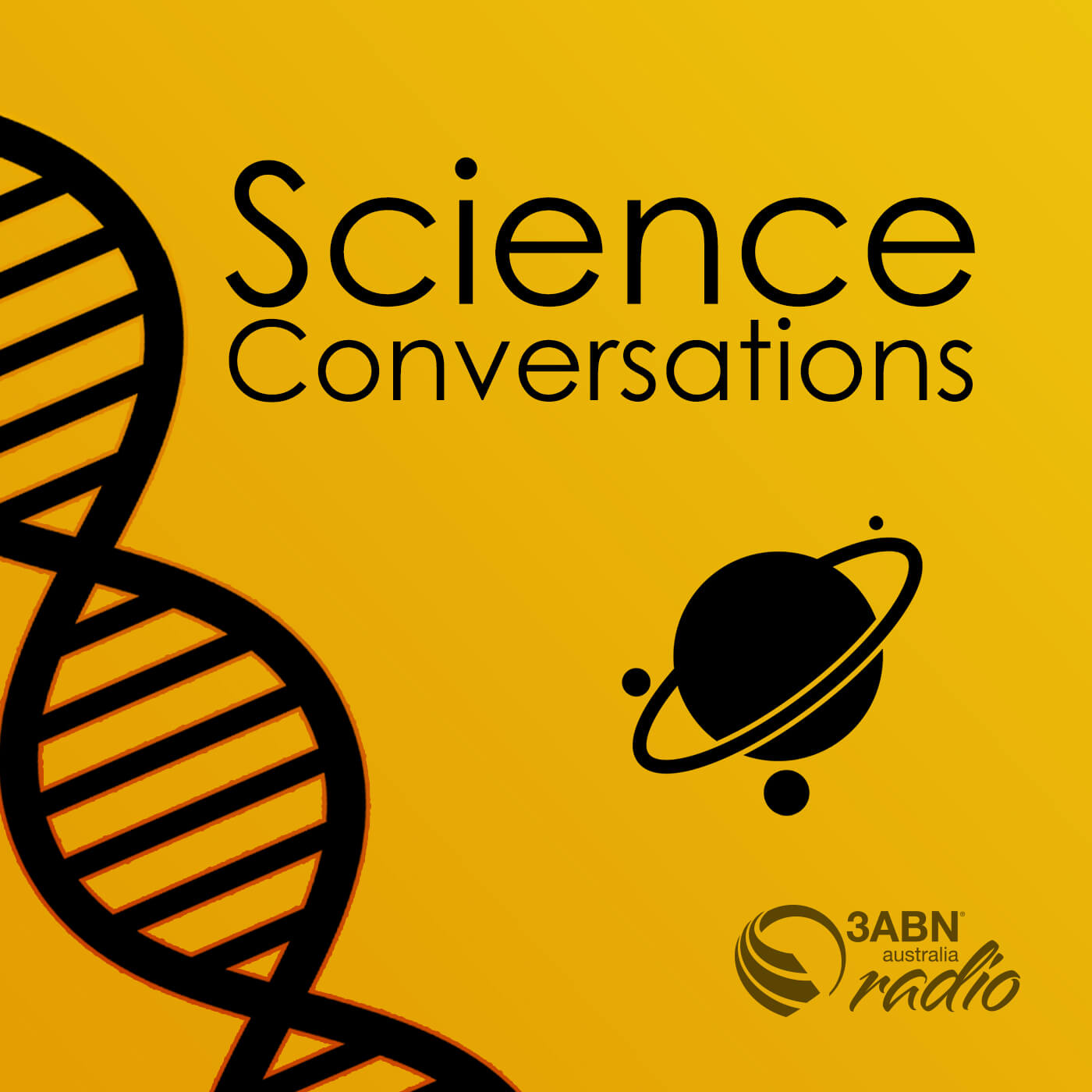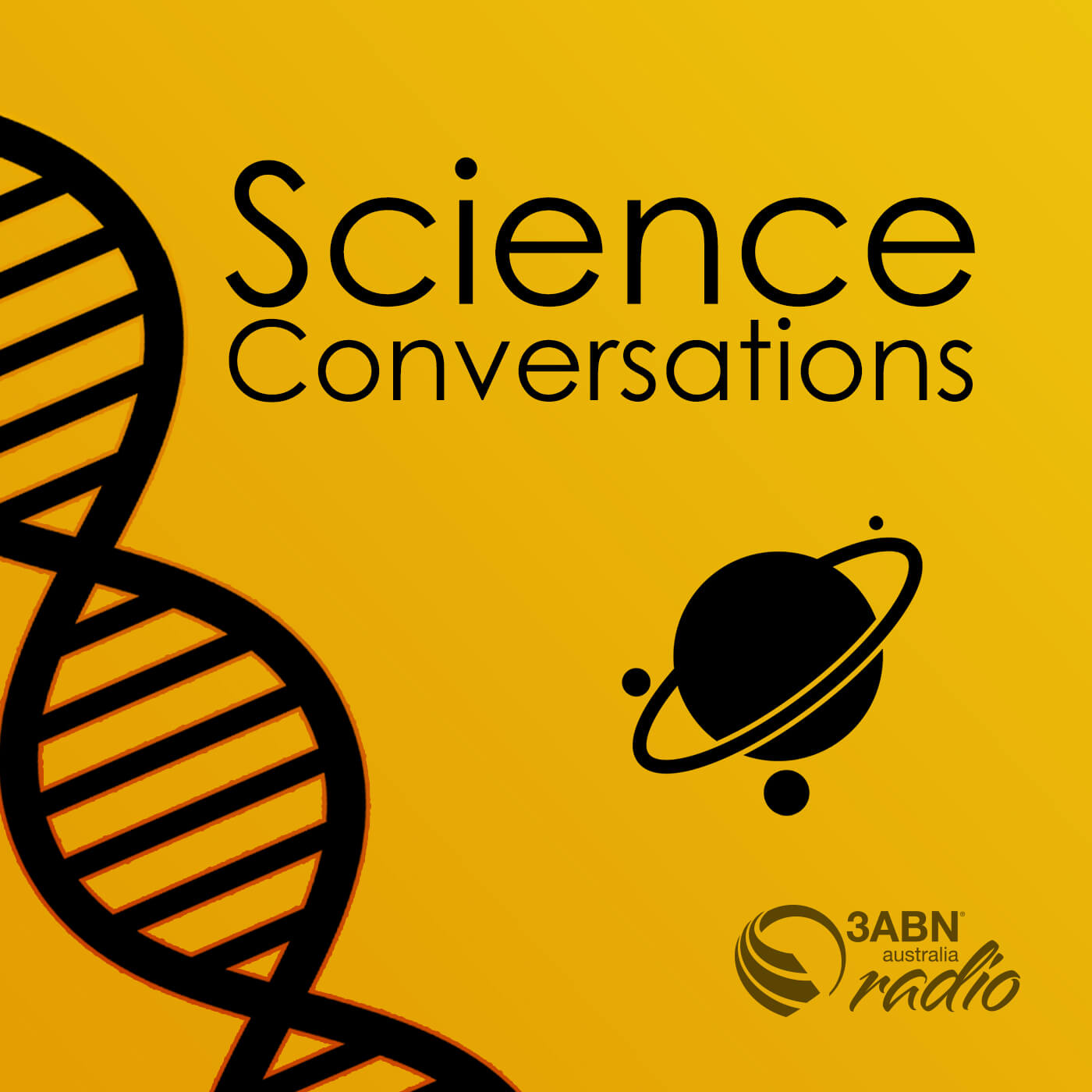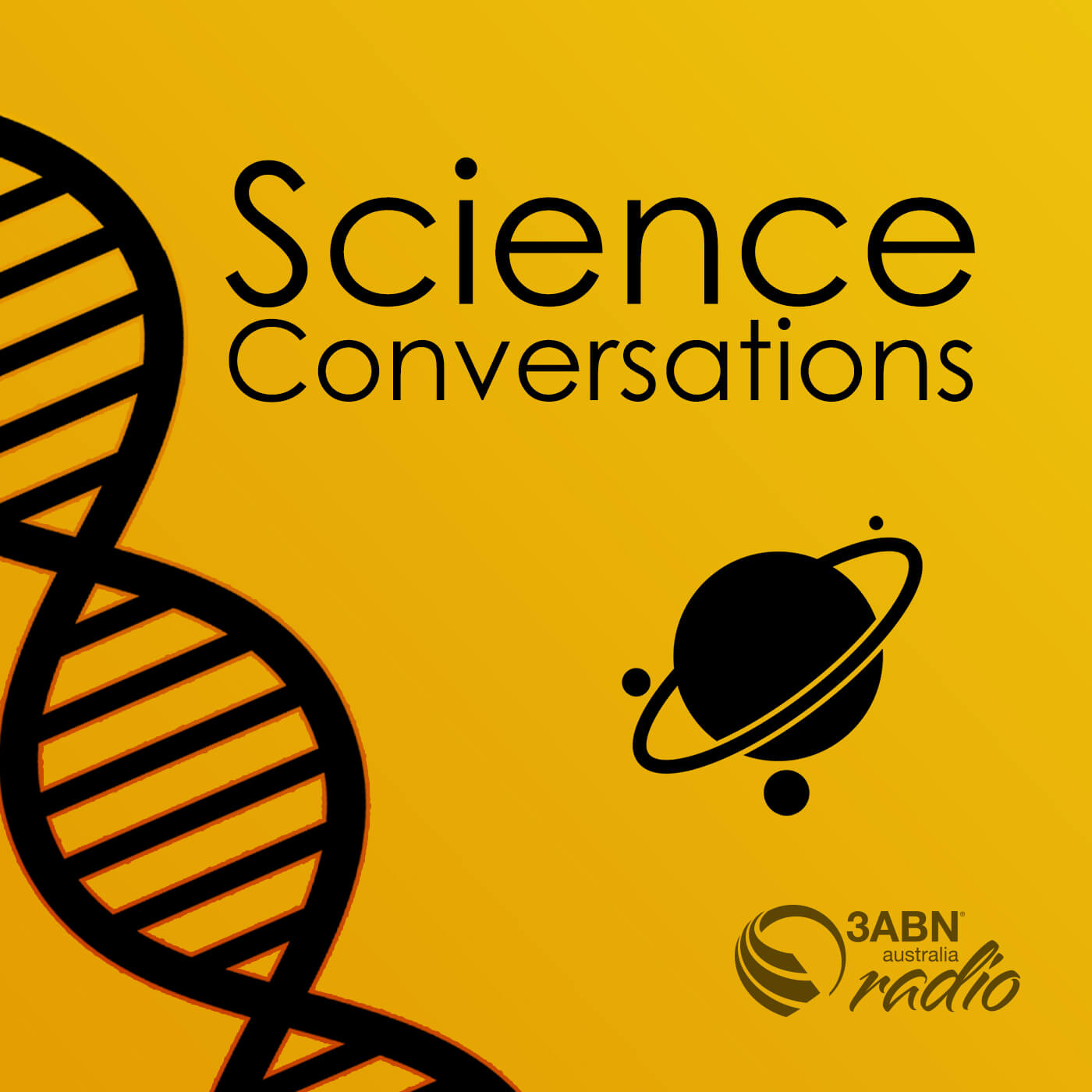Episode Transcript
Speaker A
Welcome to Science Conversations. I'm Kaysie Vokurka. What was Darwin's theory of evolution really about? Well, joining me to discuss part one of this topic is Dr. John Ashton. Welcome to the programme. Dr. JOHN hello, Kaysie. It's good to have you with us again. And we are going to be talking a little bit more from Dr. Ashton's book called Evolution Impossible. We'll be referring to some of his content here as we discuss about this topic today. Now, Dr. John, Darwin's theory, how did he actually come up with that theory?
Speaker B
Right. Well, it's interesting. Darwin lived at a time where there was a real growth in machines and intellectuals were becoming enamoured with the mechanical worldview. The steam engine had been developed, these were changing, were evolving as people develop better pressure regulators, better types of valves and so forth, better gearing. And so steam engines were rapidly improving and this led to a lot of changes in industry. New machines were being developed powered by this. And we could see there was an evolution of machines and there was a science and mechanical view behind underpinning physics and so forth and engineering. But in the area of biology, there wasn't a mechanical worldview. But a lot of people weren't happy with the creationist view. They weren't happy with the church, they weren't happy with this whole concept of a creator God and particularly, I guess, the moral laws, the Ten Commandments and this sort of thing. And there was a whole social pressure. Academics were discussing this whole idea of how did life come about. And the whole concept that maybe life came about gradually, like machines, was something that was being talked about. There was a guy, I think by the name of Herbert Spencer that wrote about how life possibly evolved. And I think Charles, Charles Darwin's father had espoused similar views, that life had sort of slowly changed over time. Now, Charles Darwin had, who was. He'd studied theology, but he also became very interested in nature. He studied bred finches, for example, I think bred different birds. But he talks about in particular in his book the Origin of Species, how he studied some plants that were growing in a field. And he just looked at this particular area, I think it was about 3 foot by 4 foot, and he noticed that there were about 20 different species of plants from a number of different genera and so forth. And he thought how these are all struggling to survive in this little area. And so he came up with this concept that maybe there was a common ancestor that had produced all different species and these species were or different offsprings that had slightly different characteristics. And as these Bred with the different characteristics, these characteristics were enforced, and some characteristics gave them a better advantage to survive and compete with others. And these ones that survived the best continued on. And so that was, you know, I think, one of the things that led him to develop the theory.
Speaker A
Okay, so those were just, like, observations that he made of, you know, this patch of grass around him. And he was trying to understand how all of that diversity was there. And as you were mentioning, more like a mechanical way of explaining how that could come about.
Speaker B
Yes.
Speaker A
Okay, interesting. And I understand that he developed something called a theory about natural selection. How did that. How did he develop that? And what were some of his other observations that led him to come up with that idea?
Speaker B
Right, okay. Well, one of the things, I guess, a step back from that was that as he considered all these little plants competing for one another, he decided to represent it as a tree of life. So he said, okay, there was a common, common plant initially, and this plant bred and had different offspring, and these offspring bred and so forth. And then gradually a couple of, after a while, there were different characteristics, and these characteristics became so different that they were sort of like two different plants now.
Speaker A
Okay.
Speaker B
And so he then represented this with a little diagram. And so he drew it with. You have the central stem representing the original plant, and it's breeding, breeding and growing up the stem. But then gradually the differences become so separate that they become two different species. So it's sort of like some parents breeding. Some of the children have white, blonde hair, some have dark hair. They're all mixed up. But after a while, as these children with the blonde hair marry someone with blonde hair and so forth, eventually you've got people that are just all blonde and some people are just all dark. And so this is sort of an example, only Darwin applied it to his species of grass and the plants that were there, different genera of plants growing in this field. But the whole thing was he represented as a little diagram that became like a stem forking into two branches, and then these branches, after a while would fork. And he estimated, for example, that Maybe it took 1,000 generations to develop a sufficient difference to represent the fork. And so this became the tree of life. And it was based just on the physical similarities that the fact that the plants had the arrangement of their flowers and pistils and so forth and petals and so forth, and so the fact that it could represent this change as a tree was something people could grasp, and that became the tree of life. And so essentially, there was some common ancestor that life began on. And These or. Or varied.
Speaker A
Right. And so this was to explain how you can get different species. Obviously he's starting off with plants. So this is something that's. With things that are quite similar in general. Like they're all around. They're a plant starting point. And now there's diversity in the different plants. But I think people started to apply that to broader terms. Is that correct? In terms of, you know, taking it further than just a plant growing to another plant?
Speaker B
Oh, yes, yes, yeah. So he didn't know what the original ancestor was, but he said there must have been a common ancestor. The main thing was he did his intense study looking at these plants growing in this little patch. And as you mentioned earlier, this natural selection, obviously some plants were able to survive better. So as other plants were all crowding around them, maybe the plant that produced a deeper root was able to survive better. Or a plant that produced. Used a bigger flower, for example, was able to attract more bees or insects, this sort of thing. And so essentially he came up also with this concept of natural selection. So essentially, as the parents bred and they produced a variety of offspring, those offspring with the best traits for survival did survive and breed. And that was how he came up with the concept of natural selection. And again, as these traits, a lot of them were weeded out and died out. Weeded out was perhaps pun. But that's how they eventually became the two species, by natural selection. So it was a combination of different offspring variations together with natural selection eliminating the poor survivors, that led to the survival of the fittest. And eventually this diversity and forking of the. And hence all the different species evolved into whatever it was, plants, animals.
Speaker A
And he observed that in another area as well, didn't he? He had talked about seeing wingless beetles compared to ones with wings. Can you share a little bit about that example?
Speaker B
Yeah, sure. So when he visited the island, I think it was Madeira off the west coast of Africa, there he knows that there were hundreds of species of beetles, but large numbers of these beetles or large number of species were wingless. But he also observed that most of the wingless beetles were on the windy side of the island. And he saw, okay, so the parents bred and produced an offspring with faulty wings. They were best able to survive because they didn't get blown out to sea. And so they were able to mate with other beetles. And eventually the mutation or of a damaged wing accumulated and that was propagated and that became the wingless beetle. And so this really confirmed in his mind the mechanism of natural selection. So that was one of the important areas that confirmed that in his mind.
Speaker A
Right. That's very interesting to see how he saw that in different applications in nature and how obviously the whole idea of evolution includes a long time period to allow these changes to develop and I guess get established. How did that idea of a long age really get cemented into Darwin's thinking about his whole theory?
Speaker B
Yes, sure. So what had happened again was as science and academics were contemplating this mechanical worldview, there were people made different observations about erosion rates and sedimentation rates. And one of these was Charles Lyell, and he had published a book, the Principles of Geology, in which he looked at these layers. He'd visited the Alps and so forth, and he proposed that these layers had been formed over very, very long periods of time. There was a similarity in the fossils, say, that he'd find in one area, another area, and these could be used to, you know, actually identify these layers were actually pretty well worldwide. And so this was a whole idea that these layers have been formed over very, very long periods of time, million of years. And Charles Darwin read a copy of this book just after it was published, and that again, really cemented in his mind. Well, hang on, when we look at these fossils and the different fossils, the more advanced, more complex fossils were generally found high up in the level, in other words, closer to the surface, they were the younger rocks, whereas the younger rocks seemed to have the more, well, not so much less developed, but in terms of an evolutionary tree, they could be down the bottom of the tree. And so this again confirmed a whole picture for Darwin. And he believed again that the fossil record, and particularly Lyell's geologic column, also confirmed his whole concept of evolution occurring over thousands of individual generations over very long time periods. And so that led to him subsequently publishing his book the Origin of species, in 1859.
Speaker A
Interesting. Well, thank you for that background. We're going to continue this discussion and next time we'll continue to examine the question, what was Darwin's theory of evolution really about? So be sure to join us.


